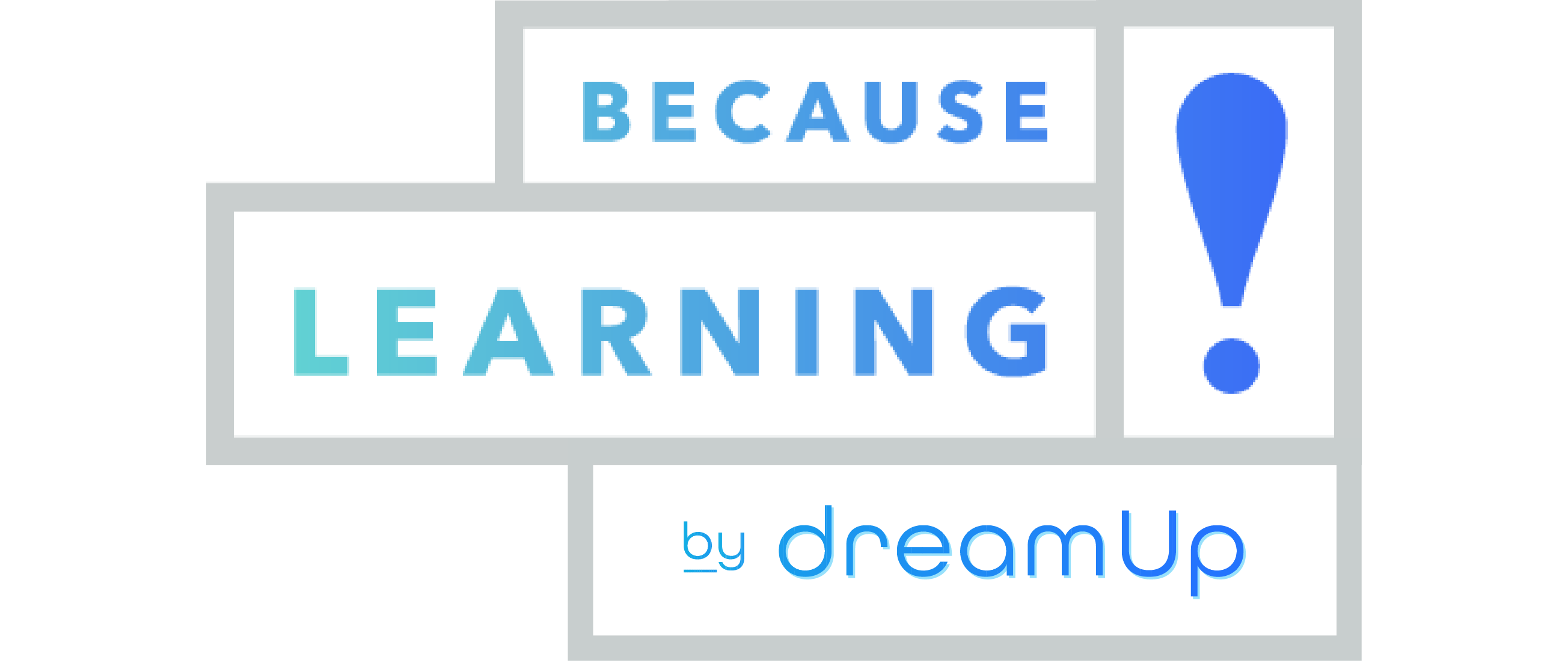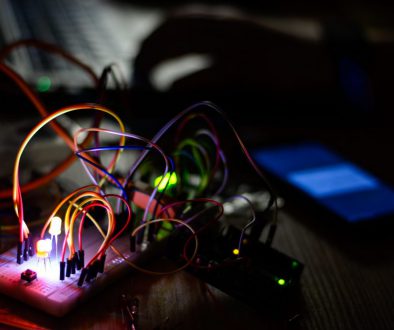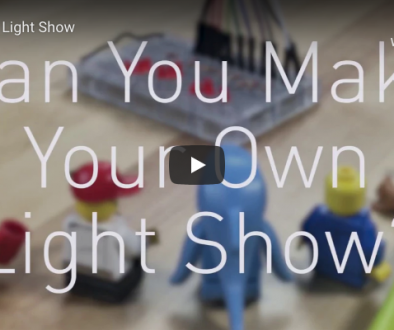6 Tips for Great Arduino-based Learning Experiences.
By Ben Neiswender, Director of Learning, Ardusat
Here are some tips to make Arduino-based learning experiences great – in or out of the classroom.
- Keep hardware organized. Be organized before hand and explain to the learners what to do with the parts when they are finished so you’re not left cleaning a big confusing mess at the end. When students have Arduinos in their hand, for some unexplained reason, their ability to listen to instructions goes way down! Explaining the cleanup procedure before handing out hardware will help students understand what is expected of them when it is time to clean up.
- Hand parts out as they need them. This is helpful for several reasons. It forces you (the teacher) to be more prepared and make sure you have everything you need during the lesson before you start the lesson. It also prevents students from getting distracted by extra parts that aren’t part of the lesson. There will also be less to cleanup because students will only use what they need.
- Be prepared. Make sure you have everything that you need to do the activity. Make sure you’ve done the activity at least once before so you’ll be prepared to answer questions and have a realistic expectation of how much time it takes. Also, do a run through on the computers to make sure all the software and websites they will need are ready to go. Preparing should be done days before the activity, not the morning of.
- Give learners plenty of time to do hands on activities. That is almost always the favorite part of working with Arduinos. Give them a set time to be done with each part. Everybody does the hands on activities at very different speeds so try to have some optional challenge activities for the learners who are moving fast. Sometimes, the best learning experiences come when students finish a project early and then start coming up with better ways to do the project.
- Encourage teamwork. Different projects will require a different size of team. I usually try to keep my team size at 2 or 3 learners per team. I also like to explain that each team member will have a role on the team. For example, if I was running a solar oven experiment I would have teams of three learners with three different roles: 1- electrical engineer (for getting the Arduino wired and programmed correctly). 2- solar engineer (for leading out in the build of the solar oven). 3- scientist (for conducting and documenting the experiment). Then I will call all of the electrical engineers over and give them a few specific instructions,. Then I meet with the solar engineers and help them get all the parts they need and give them some extra tips. Finally I’ll meet with the scientists to discuss how the experiment will go and what will be important for them to be successful.
- Foster student led discussions. Have plenty of time for discussing the activity, even if they are doing that in pairs or small groups. Some of the most valuable time spent is discussing application ideas with the learners. Always ask the learners to come up with ideas to make the project better for the next time. An ideal discussion will usually end up with learners coming up with new questions they want to have answered.




